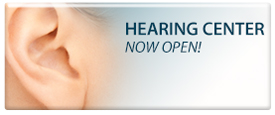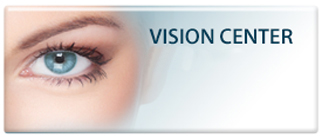Nearsightedness or myopia is a condition that affects how well you can see things far away. Myopia is a very common vision problem that affects just under a third of all people in the U.S.
Nearsightedness begins developing during early to middle childhood and typically stops progressing around the age of 20.

In some cases, adults can also develop nearsightedness in one of a few forms: night myopia, stress-induced myopia and myopia related to diabetes. The condition can also continue progressing into adulthood in some of our patients. Nearsightedness occurs when the eyeball is too long or its lens or cornea is too curved. Light focuses in front of the retina rather than on it in myopic eyes, resulting in blurred vision.
Signs and Symptoms of Myopia
Poor vision can affect a child’s learning, behavior and physical activities. It’s important for parents and adults worried about nearsightedness to understand the signs and symptoms of the condition. Anytime you’re concerned about myopia, don’t hesitate to schedule an eye exam with our knowledgeable optometry staff. Correctly identifying, diagnosing and treating the condition early is the best way to ensure a normal life for you or your child.
Common signs and symptoms of myopia include:
- Squinting
- Holding objects close to the face
- Sitting very near the television
- Choosing a spot in front in classes or at movies
- Headaches
- Eyestrain
Left untreated, myopia can result in many problems for school-aged children. Nearsighted kids may perform poorly because they can’t see the white board or screens in school. They may also opt out of playing some sports in which good vision is important for good performance.
Treating Myopia
Most cases of myopia are easily treated with corrective lenses or refractive eye surgery. If you’re one of our patients with a mild case of myopia, you may only need to wear glasses or contact lenses when you perform certain activities such as driving, going to events or attending classes. If you have a higher prescription, you may need to wear corrective lenses all day. Prescriptions for nearsightedness begin with a minus sign (-). The further away from zero your prescription is, the more severe your myopia is.
Refractive surgery is becoming an increasingly popular option for myopia in Southaven and across the U.S. LASIK surgery and Photorefractive Keratectomy (PRK) are the two most common laser eye surgeries for fixing myopia. About 80% of our patients are candidates for these procedures, which require your eyes to have stopped developing, your tear ducts to be active and your corneas to be healthy and thick enough for laser correction.


